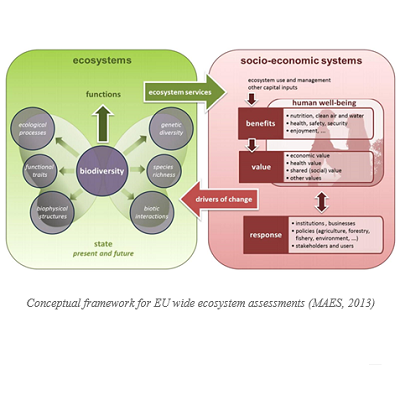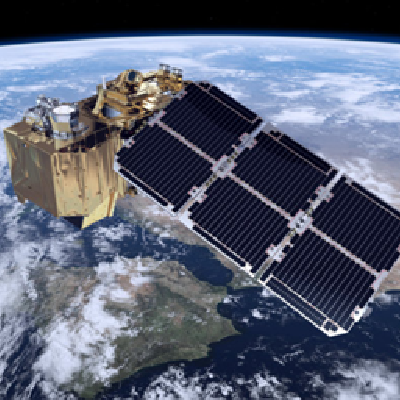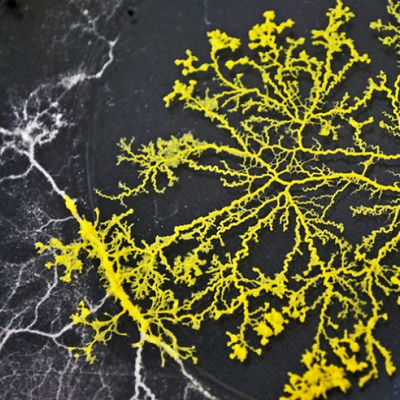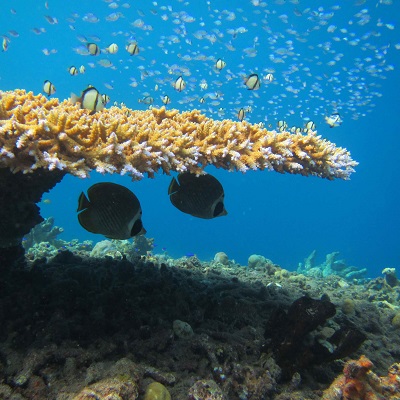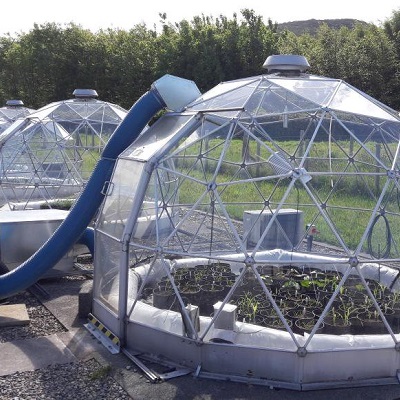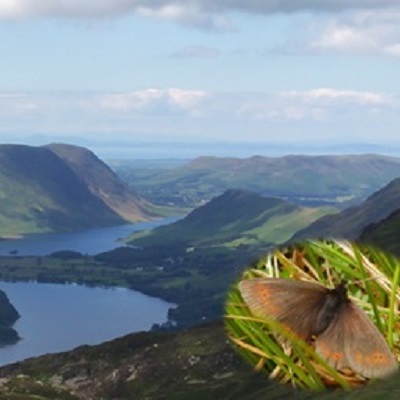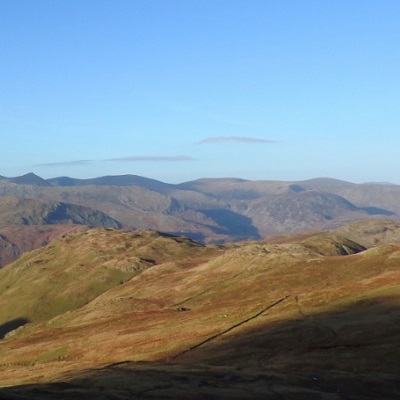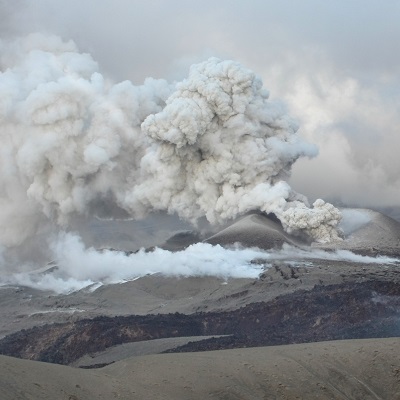Many plant species, including numerous agricultural ones, depend on pollinator services; yet agricultural intensification and urbanisation have caused habitat loss and fragmentation, leading to substantial declines of some pollinators. Any forecasts, risk assessments and remedies thus hinge crucially on understanding how pollinators use space; however, most studies of pollinator spatial movements have taken place over […]
Read More
This CASE PhD studentship will use a combination of organic geochemistry and data-driven modelling to elucidate the factors responsible for the skin absorption of hazardous organic chemicals in contaminated soils. With increasing pressure to build on brownfield sites there is an urgent need to fully understand the factors responsible for the release of organic contaminants […]
Read More
*******Application deadline – Friday 29th June 2018******* Background: Ecosystem services (ES; the goods humans get from nature) such as crop production, carbon capture and livestock grazing are produced by complex interactions among biological species, human activities and the abiotic environment. Primary data characterising ES are rare and the biological component is poorly understood. Thus, ES […]
Read More
This is an exciting opportunity to explore machine learning and big data methods, in combination with earth observation data, to extract information on land cover, landscape features and habitat condition. It will use a range of remote sensing data sets, including LIDAR, aerial photography, high resolution satellite data and satellite time-series. Land cover is a […]
Read More
In both nature and society, distribution networks are fundamental, facilitating the exchange of materials, energy and information. As systems evolve, these networks become complex leading to fragile systems at significant risk of failure. Rail networks are a classic example of this, where timetable pressures amplify the effects of mechanical failure, spikes in demand and adverse […]
Read More
Coral reefs are undergoing substantial change around the world as mass coral bleaching and other disturbance events disrupt ecological communities. Animal behaviour is thought to be a crucial mechanism underlying this disruption, which could shape the potential for species to cope with on-going environmental change, yet our understanding of these links is in its infancy. One particularly interesting aspect […]
Read More
With the global population projected to reach nearly 10 billion by 2050, food security is a growing concern in many world regions. Rising temperatures, changes in precipitation and deteriorating air quality compound the problem by reducing yields of many staple crops. In response to these environmental stresses many plants have evolved to produce defensive compounds to protect vital photosynthetic […]
Read More
Cold-adapted species, including those restricted to mountains, are highly vulnerable to climate change. For UK butterflies, cold-adapted species are similarly threatened by climate change-mediated decline, with some species demonstrating range retractions concurrent with recent warming. Consequently, upland species are becoming a priority for many conservation organisations both in the UK and globally. However, developing adaptation strategies for these species is […]
Read More
Can our upland landscapes provide clean drinking water, store carbon, maintain biodiversity, act as a platform for leisure activities and provide a rural economy around grazing all whilst coping with the increasing pressures of climate change? Our mountainous regions are clearly under many, sometimes conflicting, demands, and this has led to a substantial degradation in the ecosystem functions that […]
Read More
Tuffisite veins are particle-filled hydraulic fractures formed around and within volcanic conduits, which are opened by and provide transient pathways for flow of pressurised magmatic fluids. Tuffisites become sealed by welding of pyroclasts, and their evolving permeability is thought to influence shallow conduit pressurisation and the behaviour of silicic eruptions. Poor constraints on the longevity of fluid flow within […]
Read More


